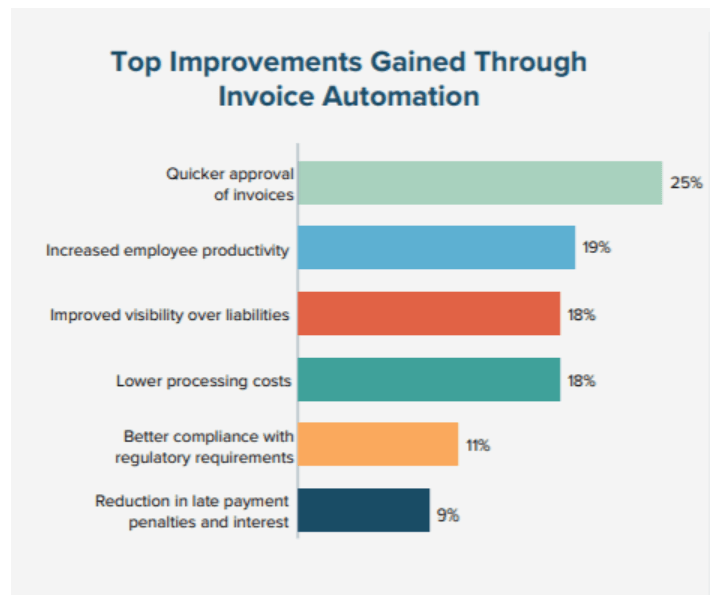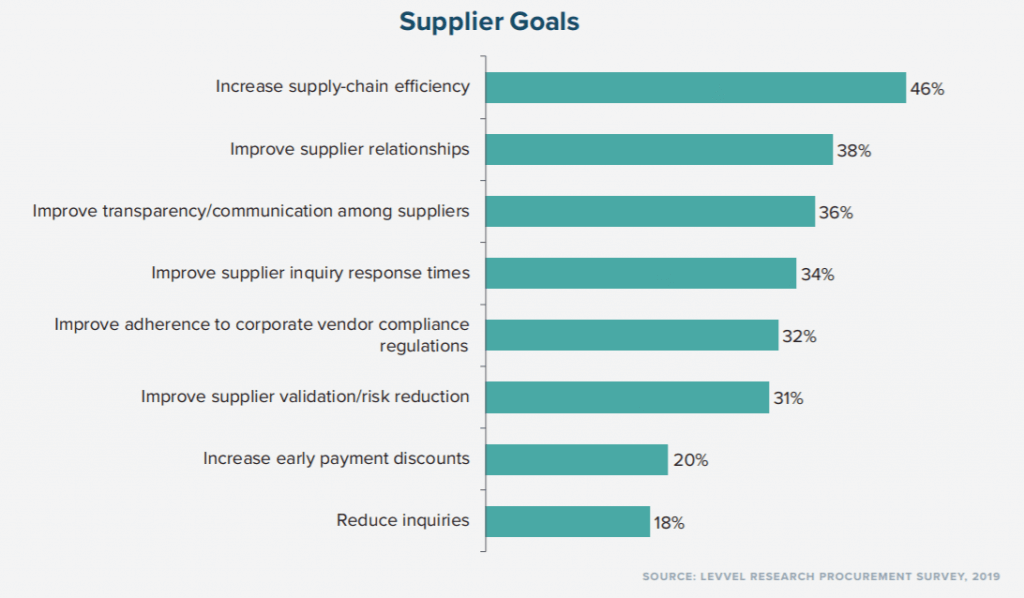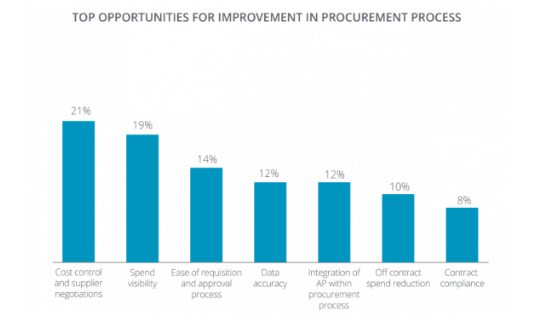Your organization is experiencing a period of growth and has accumulated a large supply base. Suppliers have been carefully sourced and contracts have been negotiated that make financial sense to your organization. You may even have recently implemented an automated procure-to-pay solution in order to improve the efficiency of your invoice processing.
However, in spite of these improvements, your organization may be missing a trick if you have not also taken the time to consider the inefficiencies that exist around the processing of contract-based invoices for your regular or recurring payments.
For this, a tool called contract matching can have a major impact but is something that many organizations overlook or fail to consider when attempting to optimize their invoice processing.
What is Contract Matching?
Contract matching, found within many contract management systems, is a transformative tool that allows organizations to automatically match invoices that they receive for regular and predictable payments to an underlying contract, without the need for any supporting documents, which often slow down the invoice matching process.
With more conventional invoice matching processes, be it either 2-way matching or 3-way matching, relevant data must be matched between an invoice, purchase order (PO) and goods receipt note (GRN). In a recent blog, we compared the two matching processes.
Invoice automation leads to many improvements for businesses. As Levvel Research report, some of these improvements include quicker approval of invoices, increased employee productivity, and improved visibility.

Procure-to-pay solutions powered by optical character recognition (OCR) and robotic process automation (RPA) technologies have significantly improved many of the efficiencies around invoice processing. However, for regular or recurring payments that are associated with a particular supplier contract, there are further improvements that can be made that will enable your organization to pay suppliers quicker and in turn, benefit from early payment discounts more often.
Regular or recurring payments may include the likes of electricity bills or cleaning services. With these types of payments, a monetary sum and/or payment terms are agreed on upfront. In some cases, a specific discount based on an anticipated volume of orders and minimum order amounts may also be agreed with a supplier in advance and inserted into the contract.
Contract matching allows organizations to automatically match invoices for these regular and predictable payments to an underlying contract, without the need of a supporting PO and GRN.
With the monetary sum and terms agreed on upfront, invoices are automatically matched within the solution to the original contract when received. As a result, organizations avoid spending time on approving the same invoice month after month.
Many supplier management systems offer organizations the ability to set up customized supplier catalogs. These catalogs can be set up to include particular suppliers with specific products/services and anticipated volume amount and minimum order amount conditions attributed to them.
When an order is made for a product/service that falls under a catalog of this nature, an electronic PO will be generated by the system and routed to the supplier. With contract matching in place, an invoice is then also generated automatically from the order. As both the PO and invoice are attributed to an underlying contract, both documents then get matched against each other automatically, allowing for a much quicker payment to go through.
In some cases, contract matching is also possible without one of a PO or invoice being created. For instance, a supplier may invoice an organization based on the agreed contract. This will likely occur where each order that the purchasing company places with the supplier is identical to the previous one, and so the payment amount does not change.
Additionally, if a self-billing agreement in place between your organization and a supplier, the supplier does not have to physically invoice you in order to be paid. Instead, a supplier invoice will automatically be generated by the system that reflects the agreed contract terms. Again, the result is an automatic match between the PO and invoice.
Why Organizations Choose Contract Matching?
According to Levvel’s 2019 Procurement Report, increasing supply chain efficiency ranks as the top supplier goal for organizations.

The main benefit of contract matching, which we have already touched on, is the efficiencies that it brings to both the supply chain and the payments cycle.
The likes of improved supplier relations, risk reduction, and increased early payment discounts also make the list in Levvel’s report and contract matching can play a big part in helping organizations achieve these goals.
Within the area of risk reduction, the approval of invoices that do not conform with contract terms can be hugely problematic, costing organizations potentially tens of millions each year. Levvel’s Procurement report also discusses the top opportunities for improvement in the procurement process, and off-contract spend reduction and contract compliance feature high on the list.

The likes of invoice fraud and maverick spending are two of the biggest examples of non-compliant activity. If your organization has a large supplier base, you should ensure that employees are buying from the right suppliers at the right price and adhering to contracts negotiated between your procurement team and suppliers. By enforcing a policy whereby purchases can only be made with preferred suppliers, as part of a contract associated with the supplier catalog in your procure-to-pay solution, you will ensure that only purchases that are in line with agreed contract terms will make it through the approval stage.
Contract matching also ensures that invoices for contract items/services are approved at a much faster rate, with the automatic matching of invoices to underlying contracts. As a result, suppliers are also paid quicker. With the shortening of the invoice lifecycle, organizations put themselves in a much greater position to avail of early payment discounts on offer, which are often missed by organizations with inefficient processes.
Additionally, contract matching eradicates some of the biggest blockers that occur with more conventional 2-way and 3-way matching processes. Missing documents and incorrect or poorly formatted data on invoices or POs are no longer issues. While the removal of these issues leads to quicker approval times they also help to greatly enhance supplier relations. The purchasing organization is protected by the contractual agreements in place and are also not forced into chasing suppliers for missing documents or data. On the flip side, with invoices approved much quicker, suppliers do not have to chase missing payments will all payments received on or before their due date. All told, these improvements lead to much stronger supplier relations which can often boost procurement teams’ chances of attaining more favorable contract terms when re-negotiating down the line.
Conclusion
While the rate of implementation for invoice automation is increasing all of the time, the matching of invoices to contracts continues to be overlooked. For any organization with large supplier contracts in place, contract matching is something that should be paid great attention to, given its many benefits. With contract matching in place, you will ensure that carefully negotiated contracts are capitalized on with compliant purchasing from your employees. You will also remove the need to approve the same invoices month after month for your recurring payments, and free up time for more valuable tasks.



